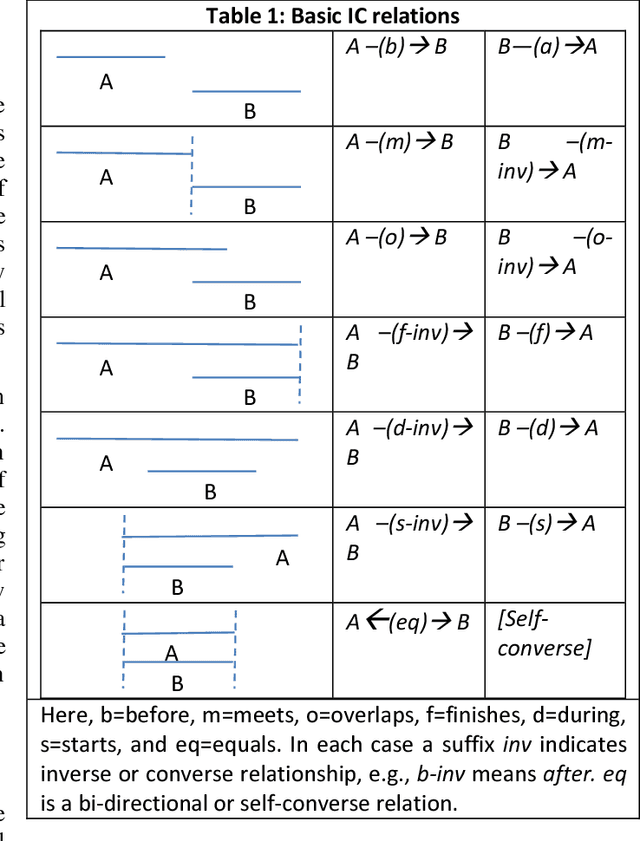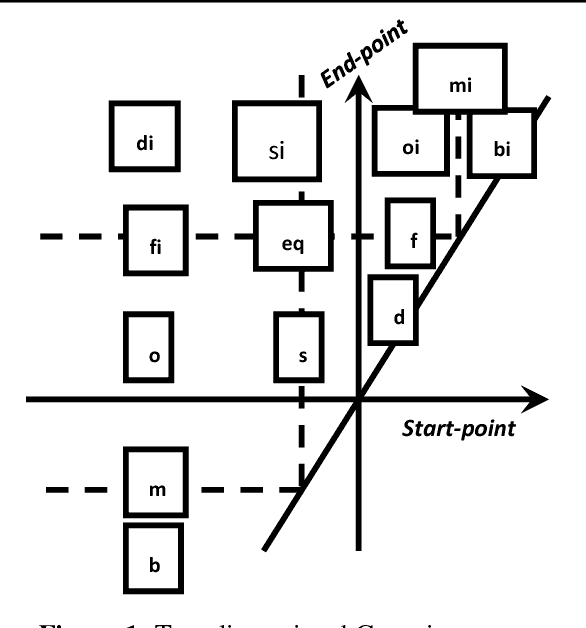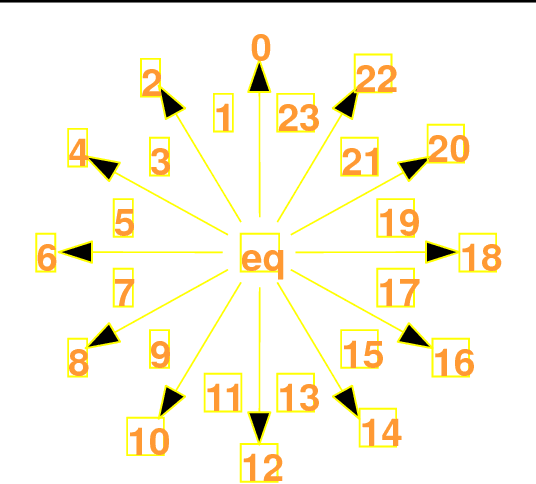Debasis Mitra
Few-Shot Classification and Anatomical Localization of Tissues in SPECT Imaging
Feb 10, 2025

Abstract:Accurate classification and anatomical localization are essential for effective medical diagnostics and research, which may be efficiently performed using deep learning techniques. However, availability of limited labeled data poses a significant challenge. To address this, we adapted Prototypical Networks and the Propagation-Reconstruction Network (PRNet) for few-shot classification and localization, respectively, in Single Photon Emission Computed Tomography (SPECT) images. For the proof of concept we used a 2D-sliced image cropped around heart. The Prototypical Network, with a pre-trained ResNet-18 backbone, classified ventricles, myocardium, and liver tissues with 96.67% training and 93.33% validation accuracy. PRNet, adapted for 2D imaging with an encoder-decoder architecture and skip connections, achieved a training loss of 1.395, accurately reconstructing patches and capturing spatial relationships. These results highlight the potential of Prototypical Networks for tissue classification with limited labeled data and PRNet for anatomical landmark localization, paving the way for improved performance in deep learning frameworks.
Selected Qualitative Spatio-temporal Calculi Developed for Constraint Reasoning: A Review
Dec 03, 2018



Abstract:In this article a few of the qualitative spatio-temporal knowledge representation techniques developed by the constraint reasoning community within artificial intelligence are reviewed. The objective is to provide a broad exposure to any other interested group who may utilize these representations. The author has a particular interest in applying these calculi (in a broad sense) in topological data analysis, as these schemes are highly qualitative in nature.
 Add to Chrome
Add to Chrome Add to Firefox
Add to Firefox Add to Edge
Add to Edge